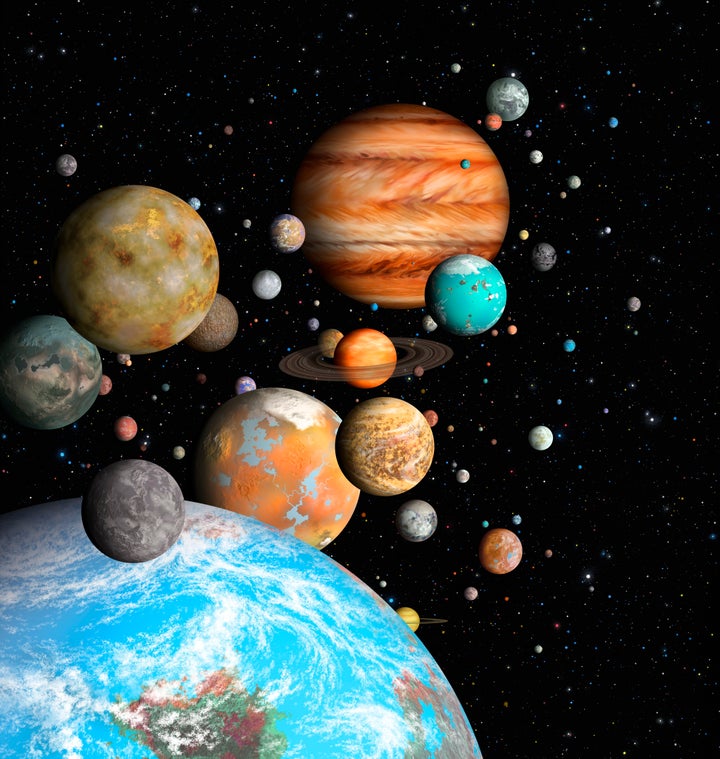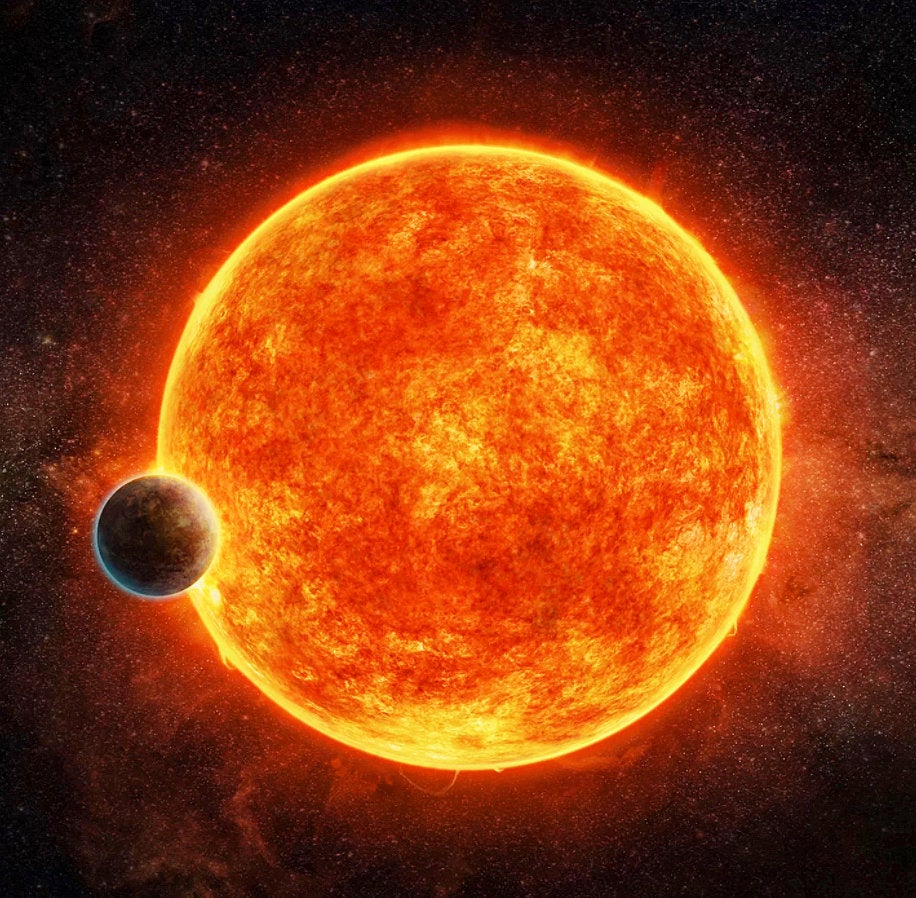
Time magazine has included three planet-hunters on its annual list of the “100 Most Influential People in the World.”
They are Natalie Batalha of NASA’s Ames Research Center in California; Michael Gillon from the University of Liege in Belgium; and Guillem Anglada-Escude from London’s Queen Mary University.
“It is truly exciting to see these planet-hunters among the other movers and shakers of the world,” Paul Hertz, astrophysics division director at NASA, said in a statement.
“These scientists have transformed the world’s understanding of our place in the universe, and NASA congratulates them for their well-deserved recognition.”
Batalha ― the first woman at NASA to make Time’s list ― is project scientist for the Kepler mission, NASA’s planet-seeking spacecraft. Since Kepler’s 2009 launch, it has found almost 5,100 possible planets, with 2,500 confirmed, by searching for a dipping effect in a star’s brightness, which indicates an exoplanet crossing in front of the star.
“The Kepler mission has focused on finding Earth-sized or terrestrial-sized planets that could potentially be habitable, and has detected about three dozen such planets,” Batalha said during an interview at Stanford University with the other two planet-hunting Time honorees, as seen in the video below.
“These exoplanet discoveries are really changing how we see the universe,” Batalha added. “You know, we look up in the sky and instead of seeing stars, we see other solar systems, because now we know that every star in the sky has at least one planet.”
Gillon was the lead researcher in the effort that recently discovered an amazing seven Earth-sized planets around a dwarf star, called TRAPPIST-1. “It’s a world team effort, very glad for my team and glad for the field of exoplanets, which is now entering the realm of potentially habitable planets,” Gillon said. “We are getting close to an answer to is there life elsewhere in the universe? We see that the public is very interested in this question.”
Anglada-Escude led the team that discovered Proxima b, an Earth-sized planet orbiting its home sun, Proxima Centauri a mere four light-years from Earth. “It’s good for our science, in general. This is science that excites people and it’s been building up. I’m very happy to contribute to this if that helps to build up this momentum towards finding planets and learning about the universe,” Anglada-Escude said.

